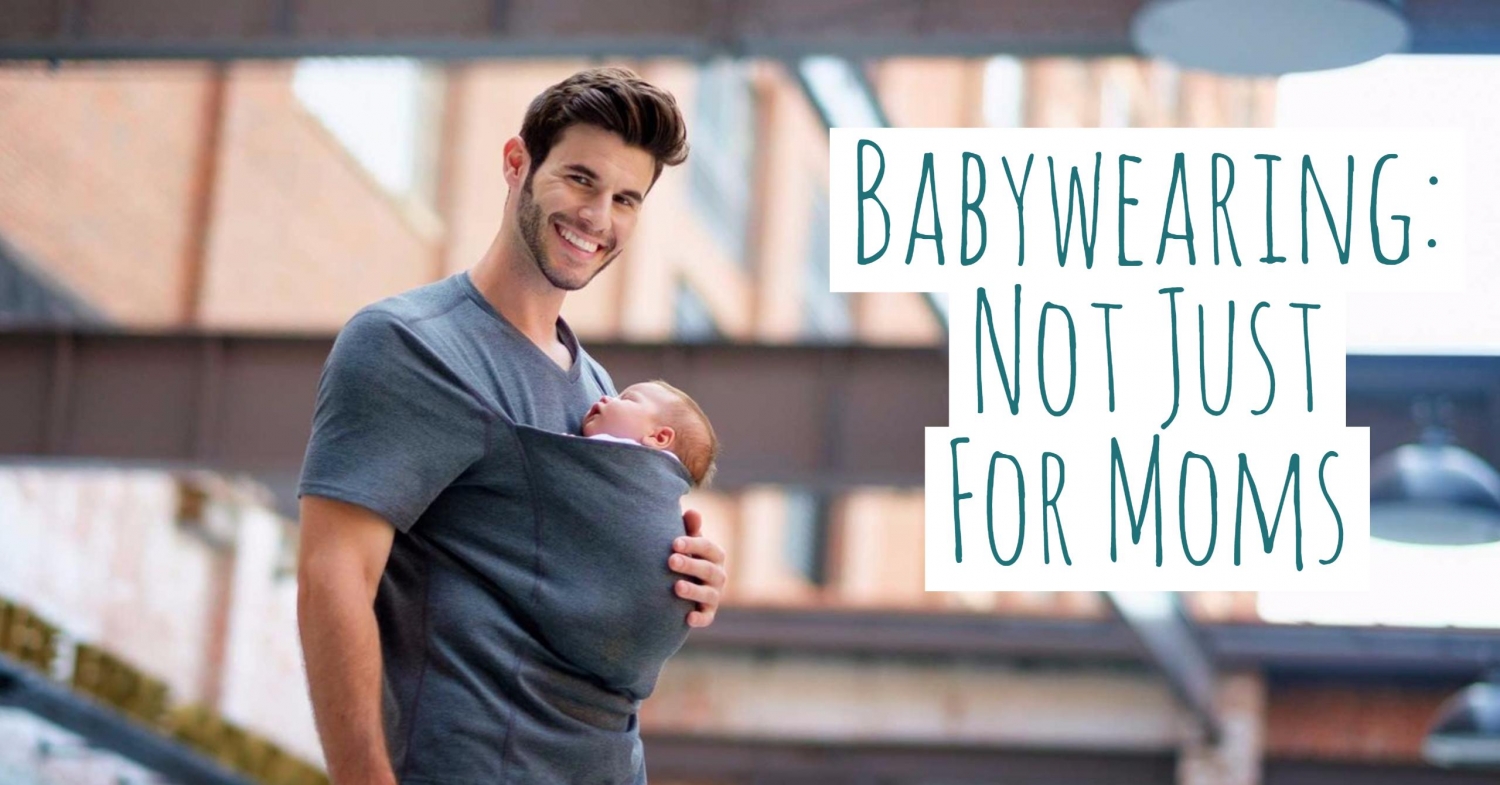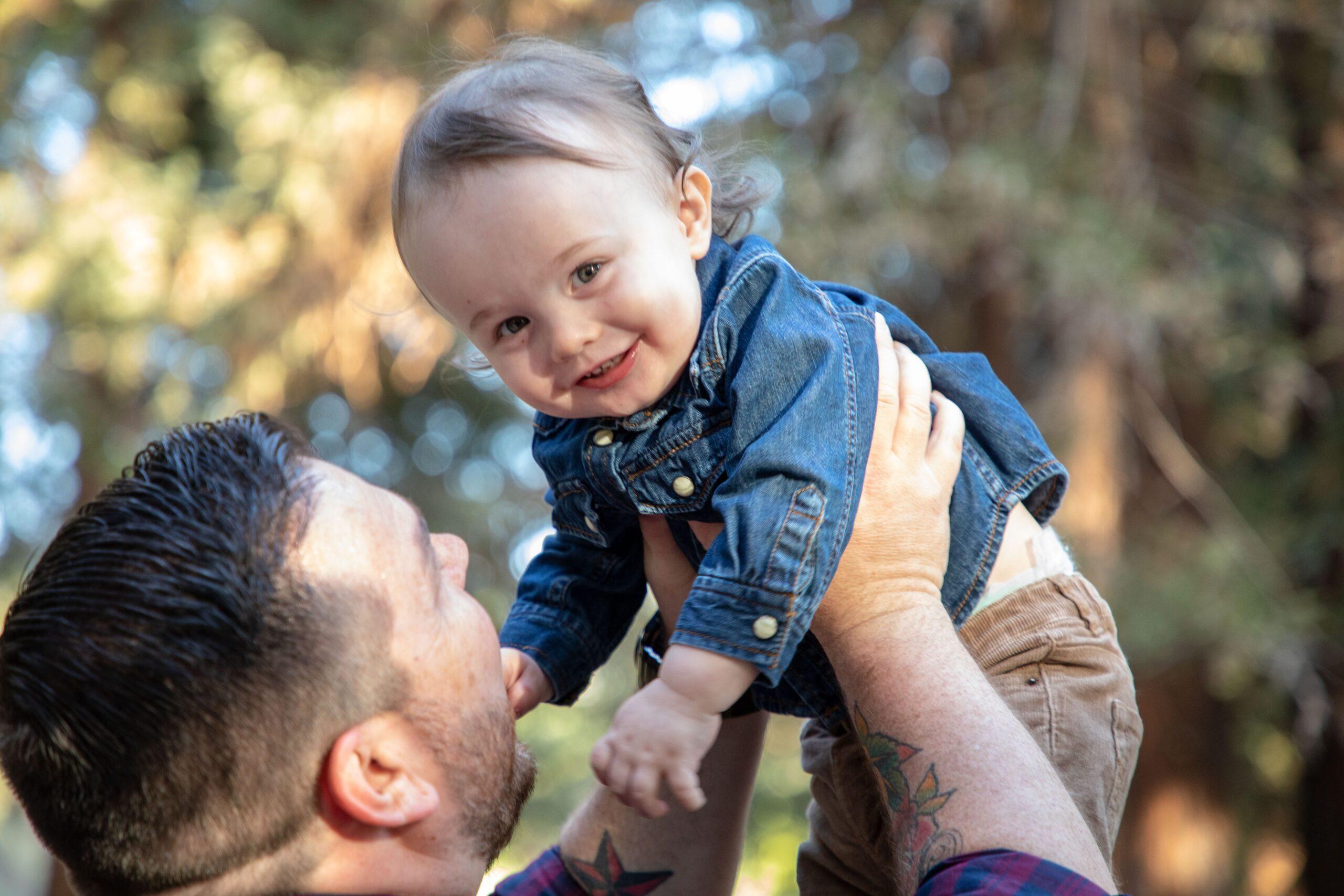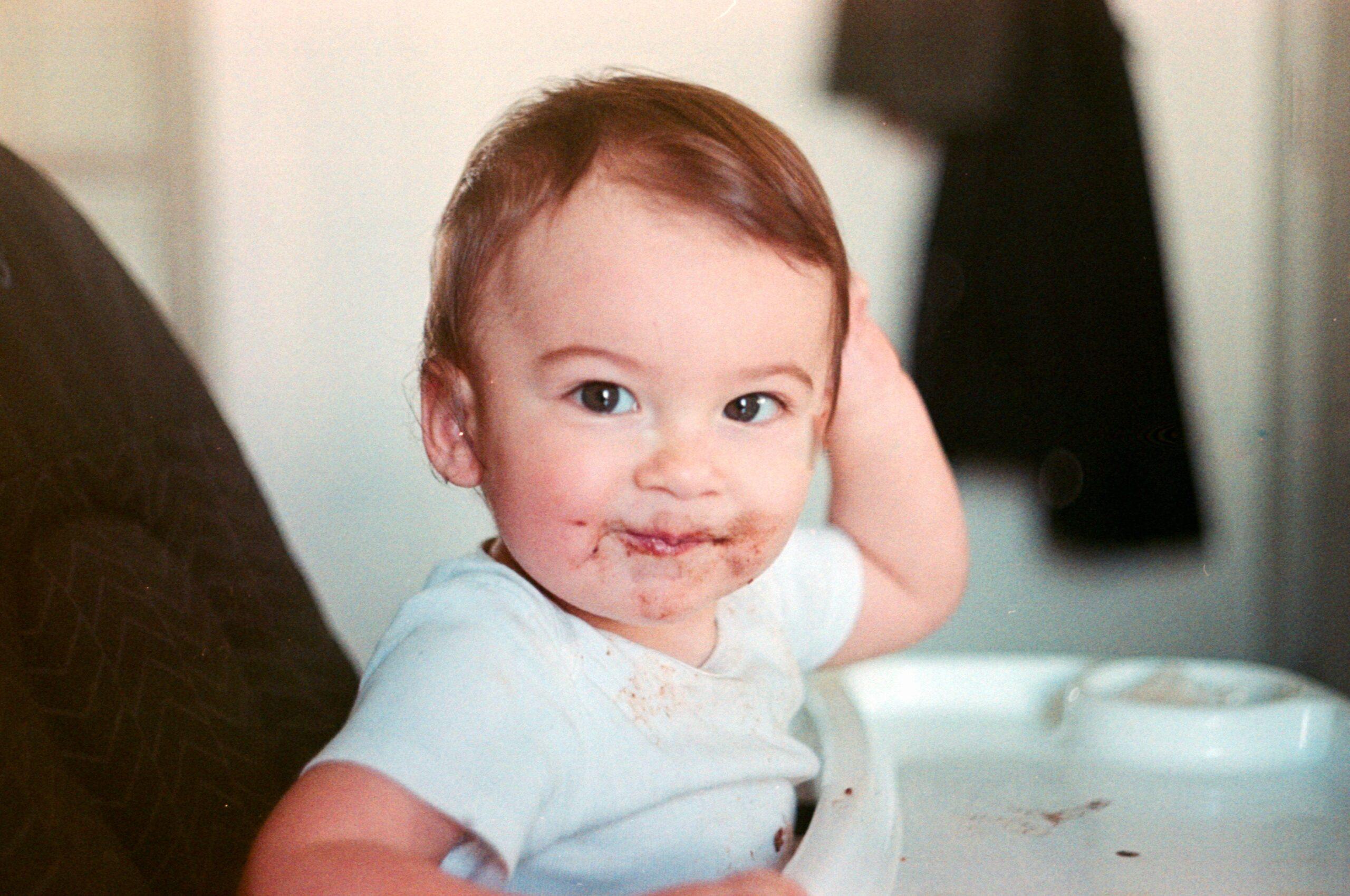Your child is born with a set of signals. Current research suggests there are nine inborn signals: interest, enjoyment, surprise, distress, anger, fear, shame, disgust (a reaction to bad tastes), and dissmell (a reaction to bad odors). These are your child’s earliest feelings. In time, these signals combine with each other and link up with experience to form our complex emotional life.
Communicating with babies can sometimes be bewildering! Understanding these signals and how they work can make a world of difference for you and your baby. These signals provide the foundation for feelings and behavior— not just in infancy and childhood, but adolescence and adulthood as well.
Charles Darwin, in a book called The Expression of the Emotions in Man and Animals (1872), first described in detail this built-in signaling system which humans have inherited from their animal forebears. Particularly relevant to our discussion here is the 20th century work of Silvan Tomkins and his colleagues and students, namely Virginia Demos, Paul Ekman, Carroll Izard and Don Nathanson. Recently, infant research, neurobiological studies, and clinical and cross-cultural work have aided us tremendously in understanding what signals are innate and how experience and culture influence our expressions and complex inner feelings.
Scientific controversy exists over just how many innate signals there are and when in the infant’s life they become manifest. These signals— the technical term is affects— are biological responses to external and internal stimuli, and they become our feelings. These affects are not only used for communication but for motivation of behavior as well. The signals are conveyed through facial expressions, vocalizations and bodily movements. The face is composed of many small muscles, so it is ideally suited for communication.
What do these signals look like? How do they work? What’s the best way to respond to these signals?
- Interest— concentrated looking and listening; eyebrows may be slightly raised or lowered
- Enjoyment— smile, lips widened up and out
- Surprise— eyebrows up, eyes wide open; mouth in “O” shape
- Distress— arched eyebrows, corners of mouth turned down, tears, crying
- Anger— frown, eyes narrowed, clenched jaw, red face, screaming, “roar of rage”
- Fear— eyes frozen open; skin pale, cold and sweating; facial trembling, hair erect
- Shame— lowering of eyelids; loss of muscle tone of head and neck causing head to hang down and shoulders to slump
- Disgust— protruding lip and tongue
- Dissmell— upper lip and nose raised; head turned away
These signals operate on a continuum from low to high intensity, that is, interest-to-excitement, enjoyment-to-joy, surprise-to-startle, distress-to-anguish, anger-to-rage, fear-to-terror, shame-to-humiliation, and higher levels of disgust and dissmell. Interest and enjoyment are considered positive affects; surprise tends to reset the nervous system and get it ready for new stimuli; and distress, anger, fear, shame, disgust and dissmell are negative affects.
How do they seem to work? Briefly, any stimulus with a relatively sudden onset (like a loud noise), will innately activate a surprise response. If the stimulation is not so sudden, fear is activated; and if the onset still less rapid, interest is elicited. Surprise, fear and interest, then, relate to the rapidity or gradient. On the other hand, distress and anger relate to quantity: a sustained stimulus (loud noise) which is “too much” for the infant elicits distress, and if it is sustained and louder, anger will result. Shame involves the absence of a confirming validating response; it operates after interest and/or enjoyment have been activated and impedes infants. Disgust and dissmell are biological defenses, protecting the baby from noxious tastes and odors respectively.
Responding to Your Baby’s Reactions
Unsure how to respond in order to enhance your baby’s development? It is not so complicated.
First, allow and even encourage the expression of all the signals— positive and negative. These are communications, not attacks. The baby— and later child and adolescent and even adult— is telling you what he likes and doesn’t like, who he is.
Second, maximize the signals of interest and enjoyment. Take seriously and focus on what intrigues your baby. Focusing on the positive affects can help the child’s sense of trust, optimism, confidence, buoyancy and resiliency.
Third, minimize the negative signals (the causes, not the expressions). Try to attend to and remove the triggers of distress, anger, fear, shame, disgust and dissmell. Try not to use fear and shame as motivators. Use reward systems rather than punishments. Constantly using and eliciting the negative feelings such as fear, shame and anger can lead to distrust, sullenness, despair and rage. This is why hitting (spanking) children is so destructive: any short-term behavioral change is more than lost by the negative feelings elicited in the child— namely, distress, anger, fear, shame and disgust— precisely what one does not want to have the child internalize.
Fourth, use words to express the signals as soon as possible. For many reasons, labeling the feelings with words (“I can see you are interested in that;” “you seem distressed;” “you are angry;” “that surprised you;”) even before the child can speak enhances the child’s calmness, tension-regulation and capacity to delay gratification.
To summarize, these signals are the foundation of your child’s emotional life. Understanding them can help enhance potential and prevent problems. Encourage the expression of feelings; focus on the positive signals of interest and enjoyment; attend to the triggers of negative signals; and label the signals with words. And— these guidelines fit not just infancy, but childhood, adolescence and adulthood as well.




